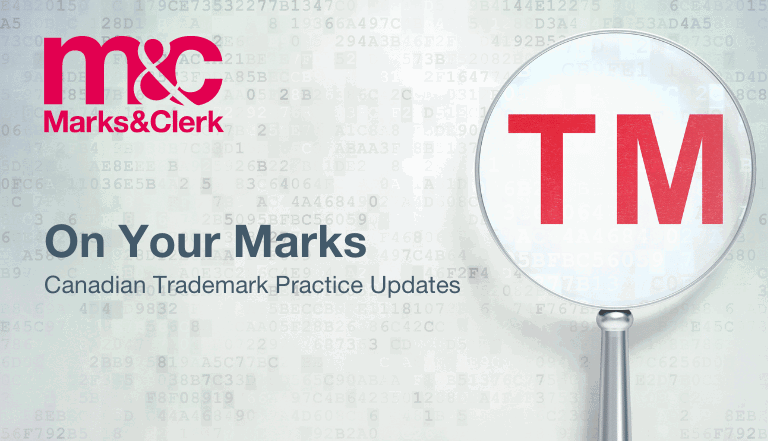A recent decision of the Federal Court highlights the importance of vigilance in preparing affidavit evidence for owners of a trademark subject to a non-use proceeding brought under section 45 of the Trademarks Act.
The evidentiary threshold for establishing use in a section 45 proceeding may be low, but a perfunctory approach can lead to gaps in the evidence that risks expungement or amendment to the registered goods or services.
In order to successfully maintain a registration, an owner must tender evidence that demonstrates use of the mark, including how the mark was used in association with each registered good and service, when the goods or services were sold, and to whom they were sold. It must also be clear that the evidence produced is representative of sales made in the normal course of business during the relevant period.
Overview
In this case, the Applicant, Red Maple Manufacturing Inc., successfully appealed a decision of the Trademarks Opposition Board (“TMOB”), which ordered that its trademark registration be amended to delete the registered goods pursuant to section 45 of the Trademarks Act. The TMOB maintained the registration in respect of the registered services but determined that the Applicant had failed to establish that the mark was used in respect of the registered goods in Canada during the relevant period.
The mark in question, pictured below, is registered in association with oral single and multi-ingredient preparations of herbs and nutraceuticals, as well as manufacturing services for the same.

TMOB Decision
Part of the evidence tendered by the Applicant in support of its registration before the TMOB was a license from Health Canada for manufacturing, labelling and packaging (which was valid during the relevant period), and photographs of a vitamin C container labelled with dates showing that the products were manufactured by the Applicant during the relevant period. However, the statutory declaration merely stated that the goods were “sold in Canada and exported” and did not include any evidence demonstrating that any such sales or exports actually occurred. Further, the statutory declaration did not clearly state that the exports or sales took place during the relevant period, and it was silent as to where the goods were sold, when the sales were made, and to whom, and with respect to the owner’s regular course of trade. The photographs of the Applicant’s Vitamin C containers were also determined to be insufficient to establish use of the mark with the registered goods. According to the TMOB, it was unclear whether the product pictured was sold or exported or if the photographs were simply meant to be an example of the packaging used by the owner.
Decision of the Federal Court
On appeal, the Applicant led new evidence by way of a further affidavit pursuant to subsection 56(5) of the Trademarks Act. Justice Whyte Nowak determined that the new evidence was probative and material, as it addressed gaps and deficiencies in the evidence before the TMOB, and accordingly the decision of the TMOB was reviewed on a standard of correctness and to make its own determination based on the evidence that was before the Court.
Justice Whyte Nowak held that the new evidence satisfied the Applicant’s evidentiary burden in establishing use of the mark with the registered goods in Canada during the relevant period. The new evidence was found to sufficiently demonstrate use, as opposed to merely declaring it, as it showed how the Applicant used the mark with the goods in Canada, as well as when the goods were sold and to whom. The new evidence included the following:
- information about the Applicant’s sales process, including that it sold its products to a distributor, which re-sold the same products, with the same labelling and packaging, to end-purchasers through its retail operations;
- information showing the Applicant and its distributor were under common control and ownership by a parent company;
- a photo of a unit of Vitamin C product displaying the design mark;
- related invoices reflecting the sale of eight units of the Vitamin C product in Canada, first by the Applicant to its distributor, and then by the distributer to an end-purchaser; and
- a statement that the invoices were representative of the sales made by the Applicant through its distributor to customers in Canada in the normal course of trade throughout the relevant period.
Although it is possible to file additional evidence on appeal to the Federal Court, registrant’s would be well-served by filing their best evidence in the first instance before the TMOB, including the how, when and to whom of use, and avoid the additional time and expense of filing this evidence on appeal.



